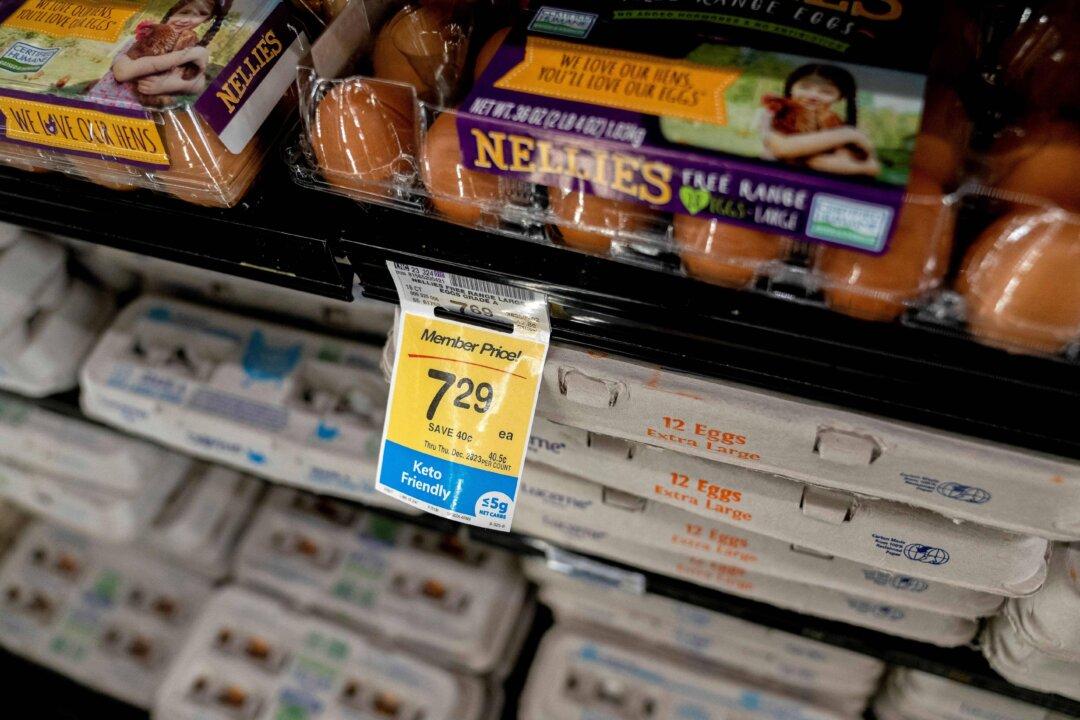News Analysis
If there’s a poster child for 2022’s historic inflation, it ought to be an egg. This valuable source of nutrients has never been pricier.


If there’s a poster child for 2022’s historic inflation, it ought to be an egg. This valuable source of nutrients has never been pricier.